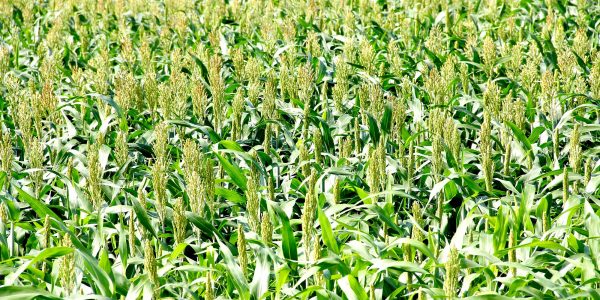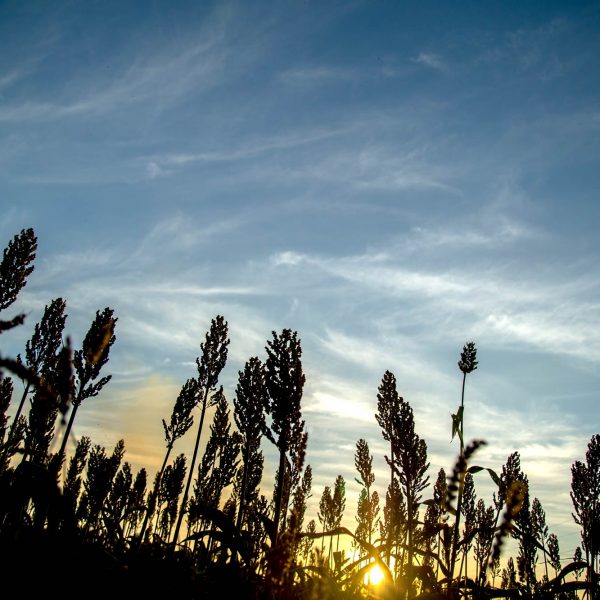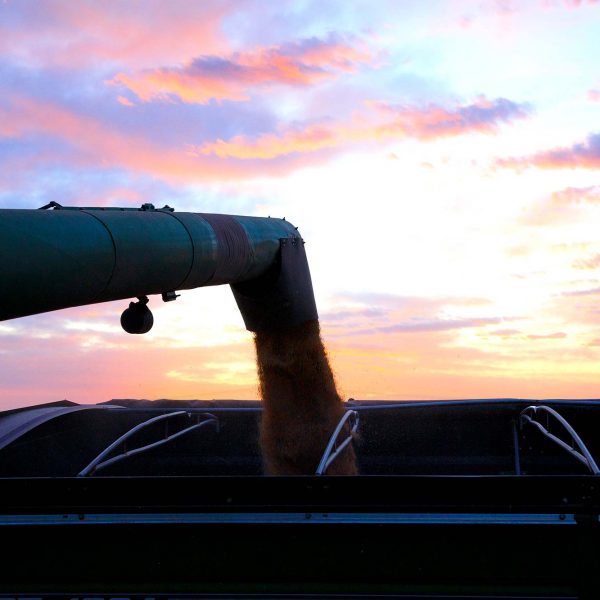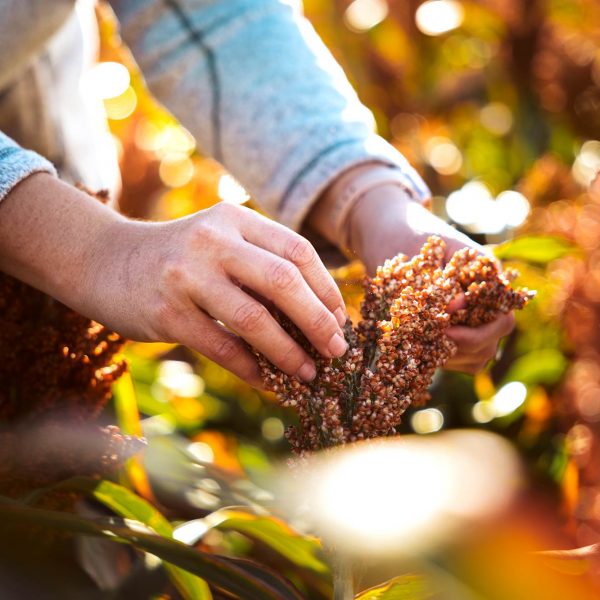
Midseason Grain Sorghum Management
By Brent Bean, Ph.D., Sorghum Checkoff Agronomy Director
Grain sorghum in the U.S. has a wide range of planting dates depending on the region of the country and specific cropping system. By mid-to-late July, grain sorghum has been harvested in the Southern U.S., but sorghum is in the critical phases of flowering and filling grain in the High Plains, mid-Atlantic region and other growing areas.
By this time, growers have already made many of the critical management decisions that affect grain sorghum yield, such as hybrid selection, seeding rate, herbicide application and fertilizer rate and application. However, growers need to continue monitoring the crop and making the management decisions that play a major role in final yield and profitability.
At 30 days after emergence, or when sorghum is 12 inches tall, the crop enters a rapid growth stage. The rapid growth lasts for approximately 30 to 35 days and culminates in the emergence of the grain sorghum head. Severe stress from lack of water or excessive heat can slow down growth and delay heading. At this stage, growers should scout for sugarcane aphids. A heavy infestation can cause severe yield loss when it occurs prior to heading. Fortunately, a timely insecticide application can protect yield potential.
In the High Plains, foliage diseases generally are not an issue in sorghum, but there are occasional exceptions to this rule, particularly in the wetter regions of Kansas. Diseases can be a problem in the mid-South and mid-Atlantic. When foliar diseases infect sorghum prior to heading, the impact on yield can be significant. However, if the disease first occurs after heading, the impact on yield is much reduced.
Research shows that the application of a fungicide on sorghum seldom results in an economic return in the absence of significant disease pressure. Although sorghum plants may remain greener and look healthier when a fungicide has been applied, yield is seldom increased.
As an exception, Southern regions with wet, humid climates that promote the establishment and spread of foliar diseases can benefit from a fungicide application. Anthracnose is easily the most troublesome disease in these environments. Growers should make timely application of a fungicide in fields where a susceptible hybrid has been planted and disease is present prior to heading. The best time to apply fungicide is from the boot stage to early flowering.
Once sorghum has flowered, it takes approximately 45 days to reach maturity. During flowering, growers should scout for midge, which can cause significant yield loss if not controlled. Midge presents a greater problem in late-planted sorghum.
During early grain fill, growers should focus their scouting efforts on headworms, stinkbugs, chinch bugs and false chinch bugs. Once the grain has reached the hard dough stage, the risk of damage caused by these insects is greatly reduced.




